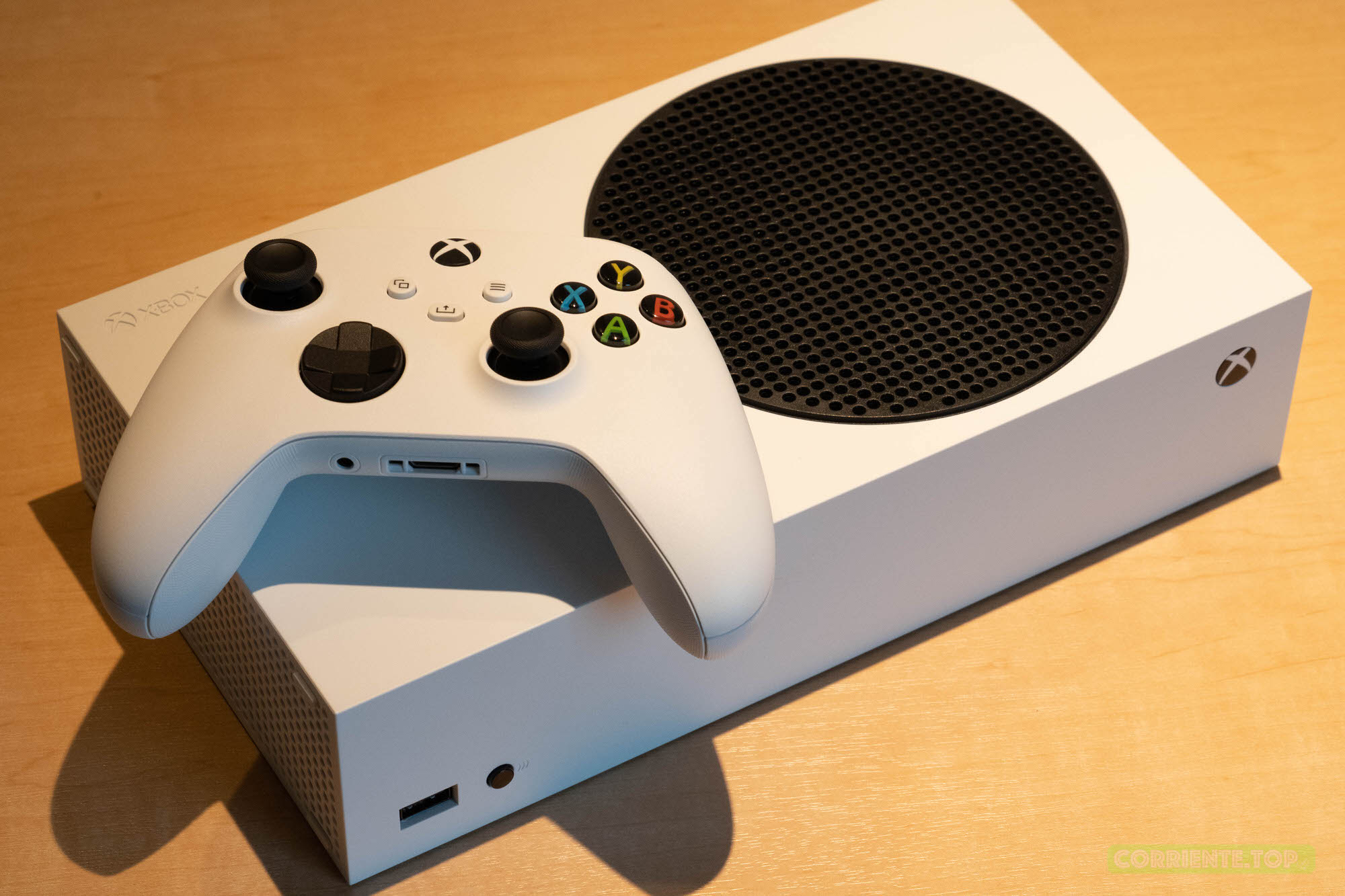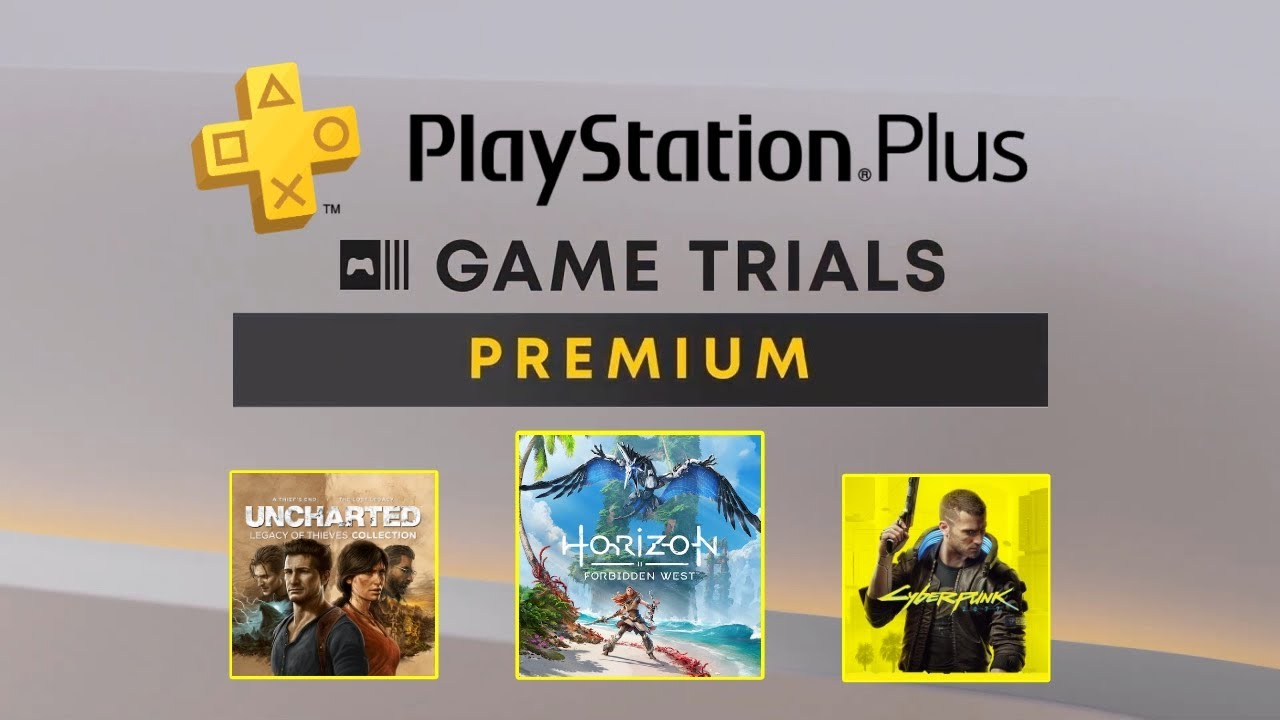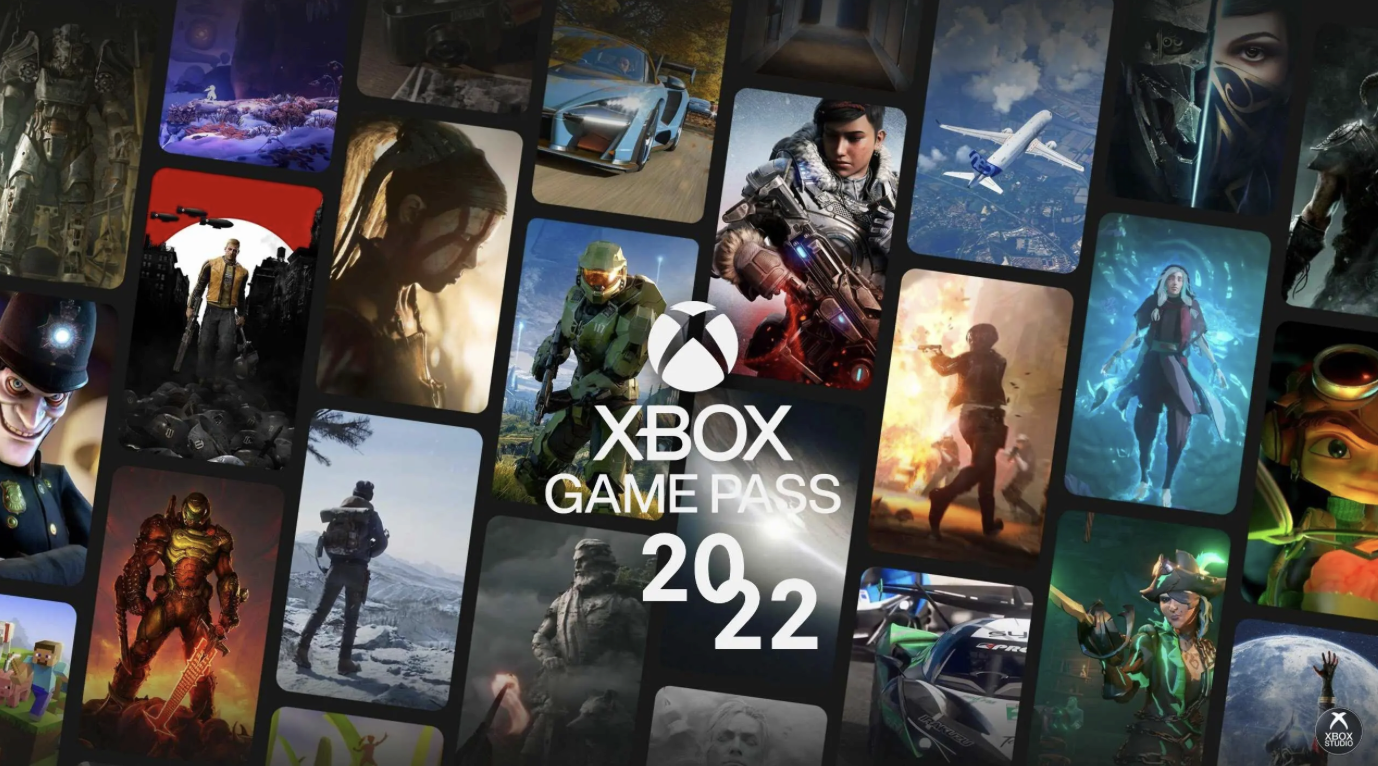In the summer when the E3 game show was cancelled again, Microsoft carried the banner of the “Game Spring Festival Gala”.
On June 14, Beijing time, at the end of the online event “Summer Game Fest”, Microsoft held its own Xbox game conference. And this time, all the games announced by Microsoft will land on Xbox and PC in the next 12 months, no longer “painting cakes”.
In a series of game previews, there are new works and new DLCs of Microsoft’s own “Forza Motorsport” series, the new work “Starry Sky” of its studio Bethesda, and Blizzard’s “Diablo 4” and “Overwatch: Homecoming” Wait for new work.
Microsoft even brought in a group of Japanese studios that had a better relationship with Sony before. The Persona series, which was once exclusive on PS4, and the new work “Wolong” of the Three Kingdoms theme by Koei Tecmo will all land on Xbox and join Xbox Game Pass. Even Hideo Kojima “betrayed” and announced that he was working with Microsoft to develop a “cloud-based” game.
After the press conference, players from all walks of life sighed that Microsoft launched the “money capability” and became the biggest winner this summer. Sony next door is deeply trapped in the triple “hell” of insufficient PS5 production capacity, slow game development, and declining player reputation. Microsoft used Tian Ji’s horse racing strategy to achieve a “counter-attack”.
At the press conference, a number of new games were emphasized to support the subscription service of Xbox Game Pass (XGP), and even Microsoft, which is not bad money, has recently revealed a strict inspection of XGP accounts. implicated.
But behind this, there is a bigger background: the entire console game industry is heading for a depression. In a blink of an eye, PS5 and Xbox Series X have been on sale for a year and a half, and the real “next-generation masterpiece” has not even seen a shadow.
How long will this depression last? Will the so-called “ninth generation” still come?

The big show of Microsoft + B Club has become the “Spring Festival Gala” in the game industry | Microsoft
The “Ninth Generation” that can’t run
In 2020, Sony and Microsoft released their respective next-generation consoles, the PS5 and Xbox Series X. Both consoles are priced at $499, an increase from their predecessors. However, in terms of performance, neither host has a “next-generation” level of improvement.
Taking the floating-point computing capability of the GPU as an example, the PS5 is only 2.4 times higher than the PS4 Pro, and 5.5 times higher than the original PS4. This figure is far less than the PS4’s 8x improvement over the PS3, and the PS3’s 37x improvement over the PS2. The same goes for the Xbox side.
And even if there is not much “next-generation” improvement, the two manufacturers have done their best. After the release, both Sony and Microsoft have encountered serious “capacity hell”.
Although most of the game consoles in history, in the early stage of sales, because of the high cost and low price, they did not make much money, and even sold one and lost one, so the supply must be relatively tight. But the problem is especially acute in the ninth generation. On the one hand, the supply of chips is seriously insufficient, which affects many industries including automobiles, and naturally affects game consoles. In addition, the high price of graphics cards also greatly affects the production capacity and supply of next-generation console GPUs.
According to data from game media Gamestop, as of the beginning of this year, the PS5 had sold about 17 million units in its first year of release, lagging behind the PS4’s sales of over 20 million in its first year, and behind the Nintendo Switch.

CDPR’s ‘Cyberpunk 2077’ criticized for quality issues | Xbox
This is not the biggest disaster of the “ninth generation”.
In 2020, two high-profile masterpieces that should represent the peak level of the eighth generation, “The Last of Us Part 2” and “Cyberpunk 2077”, have encountered Waterloo one after another. The former was criticized by a large number of players because the story and topic settings were too radical, while the latter was due to the out-of-control project management, and the final production level was seriously lower than the players expected.
The development studios of the two works, Naughty Dog and CDPR, are well-known “quality benchmarks” in the industry. Naughty Dog, as Sony’s ace studio, has won tens of millions of players for Sony with four “Uncharted” and “The Last of Us” on PS3. CDPR’s “The Witcher 3” is hailed as a masterpiece that “defines the quality of the eighth generation of graphics”.
In this way, the failure of the two top studios has poured cold water on the entire industry. In the past 10 years, as the performance of game consoles has improved, the development costs and risks of games have been magnified. The two “failed works” mentioned above have a production cycle of more than 5 years and cost hundreds of millions of dollars. Such a failure, few manufacturers can afford. At this time, the next generation of all-in is equivalent to “leveraging in the bear market”, betting the fate of the entire studio, and even the enterprise, on a game. No one dares to do so.
Therefore, today, a year and a half after the release of PS5, players have not seen any shadow of a “next-generation exclusive masterpiece”, not even a preview. Compared with the previous generation, at the same time node, there are already two next-generation masterpieces “Blood Origin” and “The Witcher 3” on PS4.
Obviously, from hardware to software, from manufacturers to players, the entire console ecosystem is not ready to “enter the ninth generation”.
Microsoft’s “Tianji Horse Racing” strategy
In the past 10 years, in the field of console games, Microsoft has been suppressed by Sony. Total series sales of the Xbox One console are just over 50 million, less than half that of the PS4.
Therefore, Microsoft actually foresaw the difficult birth of the “ninth generation” from the beginning, and it did not sprint to the next generation like Sony, but left a “back-up” move.
When Microsoft released the next-generation console, in addition to the more powerful and more expensive Xbox Series X, it also released a cheap console, the Xbox Series S.
Compared with the XSX, the XSS has no optical drive, and its performance is worse. The floating-point computing power is not even as good as the previous generation console Xbox One X. The default resolution is not 4K, but 2K. It is a complete “toothpaste sucker”.

Cheap Xbox Series S counters Microsoft’s counterattack against Sony | corriente
But it is XSS , a host with poor performance and low price, that caters to the needs of players and third-party game manufacturers.
Because of the poor performance, XSS escaped the serious “capacity hell”, the supply is relatively sufficient, and the price is relatively cheap. In the channel, the price of XSS has been less than half of that of PS5 and XSX for a long time, stepping on the “sweet spot” of players.
In addition, by virtue of the hardware features of XSS without an optical drive, Microsoft vigorously promotes its own game subscription service, Xbox Game Pass, and buys a machine with a bonus member. For players, as soon as the game console is obtained, there are hundreds of XGP games that can be played directly, which saves a lot of money on buying games.
Previously, many people believed that it would be difficult for Microsoft to “turn over” Sony in the ninth generation. Because the new generation of game consoles is forward compatible with the previous generation of consoles, most PS4 players will tend to choose PS5, so that they can inherit all the games they bought on PS4. However, through the XGP subscription service, Microsoft almost packaged the game library of the previous generation and gave it to players, reversing its own disadvantage in one fell swoop.
At the same time, Microsoft has also launched its “money capability” to continuously win over manufacturers, and has also acquired two game giants, Bethesda and Activision Blizzard, as their own bargaining chips.
For third-party manufacturers, on the one hand, following Sony’s all-in next-generation, the risk is full; on the other hand, following Microsoft’s “rejection” of the next-generation, they can maintain the previous rhythm to develop games, and at the same time, there is an XGP subscription service as a basic income security and risk protection. In this context, it is not surprising that third-party manufacturers have switched to Microsoft.
This puts Sony into a huge passive. Sony, which originally relied on the PS4’s lead and had a fantastic start, has recently “frequent tricks”. For example, Sony has launched its own game subscription service PS Plus Premium / Extra, but neither price nor game lineup can match Microsoft.

Sony’s high-end subscription service is unanimously opposed by players | Sony
What’s even more ominous is that Sony also requires players who previously purchased the basic version of the membership at a discounted price to make up the difference in order to upgrade to the premium membership. Sony hastily rescinded the policy after a backlash from the player community, saying it was a “technical error.”
In addition, Sony’s one-sided game has also fallen into an obvious “difficulty.” At this year’s conference, apart from one “reset” work after another, Sony hardly announced any new games. Such “fried cold rice” behavior has been criticized by many players.
Relying on XSS, a “low-level horse” with insufficient performance, Microsoft is quickly catching up with Sony. In May of this year, the weekly sales of the Xbox console in Japan even surpassed that of the PS for the first time since 2014.
Now Sony, stuck in front of the ninth generation, can only watch Microsoft catch up from behind. Although it is calculated purely based on the number of hosts, Sony still has the advantage. But just like the two press conferences this summer, Microsoft is in full swing, Sony is relatively deserted, and “momentum” has come to Microsoft.
The dead end of the console generation
Looking back on history, the development and iteration of home game consoles has a rigorous rhythm. Every “generational change” is a major change.
For example, in the early days, the generation of game consoles was replaced by “CPU bit width” as a sign. From 8-bit to 16-bit, the bit width of the processor has doubled. A rough understanding is equivalent to a 256-fold increase in the processing power of the game console. Therefore, every “generational change”, the performance of the host is improved, and the game screen will also occur. Revolutionary change.
Therefore, for a long time, the rhythm of the development and launch of game consoles by various manufacturers has remained basically the same. Because only in this way can we match the development progress of game manufacturers. Especially after the establishment of the “Solan Ren” three-point world pattern, Sony and Microsoft have been tit-for-tat, and even the PS4 Pro and Xbox One X, which are “half-generation upgrades”, are both launched at the same time as if they had made an appointment.
Behind this is Moore’s Law, which coordinates the pace of manufacturers and leads everyone forward, entering a “new generation” every few years.
But now, Moore’s Law has been drained. The pace of chip development is slowing down at a speed visible to the naked eye, and the process technology is about to hit the physical ceiling in the foreseeable future.
The concept of “host generation” has entered a dead end .
Since the ninth generation started in 2020, all players have been waiting for the next “big year”, but as time goes by, this “big year” is getting further and further away from us. There is no longer a unified and optimistic consensus among manufacturers about the future. Even in the nomination list of TGA games of the year, 3A games are disappearing a little bit, and they can only rely on small independent games to support their appearance.
Looking back from today’s perspective, Microsoft may have realized this long ago. Therefore, through XSS, this counterattack was achieved by rejecting the next generation.

Microsoft’s XGP game subscription service gains a large number of users with “buy machine and send service” | Xbox
However, in this context, after Microsoft’s “counter-attack”, there are still more problems to be solved .
In the past two years, Microsoft has cultivated tens of millions of XGP members through the policy of bundling machines to give away XGP members. However, there is still a question mark on the willingness to pay for this part of the players who get on the bus at a very low cost.
Recently, Microsoft has been cracking down on some behaviors that exploited loopholes in the rules to resell XGP members at low prices. Some players who bought XGP at low prices on Taobao even encountered the situation of “membership cancellation” . It remains to be seen how far the XGP model can go.
Today’s pan-game industry presents a very magical phenomenon: on the one hand, many technology companies are vigorously exploring new concepts such as VR, AR, and the metaverse, pointing to a very distant future; on the other hand, there are a large number of traditional game manufacturers. More and more conservative, even no longer betting on the future, refusing to enter the next generation.
The two forces represent their own understanding of trends, but the real future still needs to be created by them.
Head image source: GameSpot
This article is reprinted from: https://www.geekpark.net/news/304162
This site is for inclusion only, and the copyright belongs to the original author.